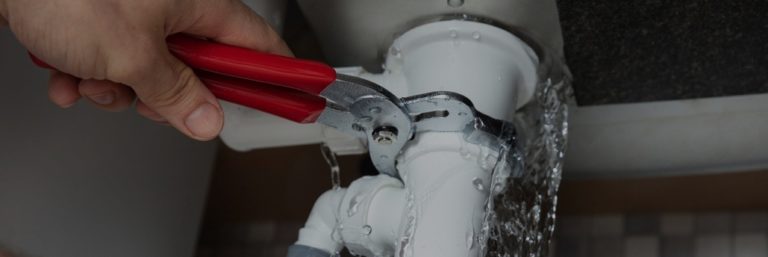How to Check If Your Home Has a Hidden Leakage
How to Check If Your Home Has a Hidden Leakage
Blog Article
Nearly everybody seems to have his or her own assumption when it comes to Leaking water lines.

Early detection of dripping water lines can minimize a prospective disaster. Some tiny water leaks may not be noticeable.
1. Check Out the Water Meter
Every home has a water meter. Inspecting it is a guaranteed way that helps you discover leakages. For beginners, shut off all the water sources. Ensure no person will flush, use the faucet, shower, run the cleaning maker or dishwasher. From there, most likely to the meter and watch if it will alter. Considering that no person is utilizing it, there need to be no movements. That indicates a fast-moving leakage if it relocates. If you discover no adjustments, wait an hour or two and also check back again. This indicates you may have a slow leakage that could even be underground.
2. Examine Water Usage
Examine your water expenses as well as track your water consumption. As the one paying it, you should see if there are any kind of inconsistencies. If you find sudden changes, despite your usage coinciding, it implies that you have leaks in your plumbing system. Remember, your water bill need to drop under the exact same variety monthly. An unexpected spike in your costs indicates a fast-moving leakage.
A steady rise every month, also with the very same practices, shows you have a slow leak that's additionally slowly intensifying. Call a plumber to thoroughly examine your building, particularly if you really feel a cozy location on your floor with piping beneath.
3. Do a Food Coloring Test
When it comes to water consumption, 30% comes from toilets. If the color somehow infiltrates your bowl during that time without flushing, there's a leak between the tank and also bowl.
4. Asses Exterior Lines
Do not neglect to inspect your exterior water lines as well. Examination spigots by connecting a garden pipe. Needs to water leak out of the connection, you have a loosened rubber gasket. Replace this and make sure all connections are limited. If you've obtained an automatic sprinkler, it will certainly aid get it skillfully examined and also maintained every year. One tiny leak can squander lots of water as well as increase your water costs.
5. Assess the situation and also check
Homeowners ought to make it a habit to examine under the sink counters and also inside closets for any bad odor or mold and mildew development. These 2 red flags indicate a leakage so punctual interest is called for. Doing routine evaluations, also bi-annually, can conserve you from a significant trouble.
Inspect for stainings and also compromising as many pipes and also devices have a life expectations. If you suspect leaking water lines in your plumbing system, do not wait for it to intensify.
Early detection of leaking water lines can alleviate a potential catastrophe. Some small water leakages may not be visible. Inspecting it is a guaranteed way that assists you discover leaks. One small leakage can squander tons of water and surge your water costs.
If you presume dripping water lines in your plumbing system, do not wait for it to intensify.
WARNING SIGNS OF WATER LEAKAGE BEHIND THE WALL
PERSISTENT MUSTY ODORS
As water slowly drips from a leaky pipe inside the wall, flooring and sheetrock stay damp and develop an odor similar to wet cardboard. It generates a musty smell that can help you find hidden leaks.
MOLD IN UNUSUAL AREAS
Mold usually grows in wet areas like kitchens, baths and laundry rooms. If you spot the stuff on walls or baseboards in other rooms of the house, it’s a good indicator of undetected water leaks.
STAINS THAT GROW
When mold thrives around a leaky pipe, it sometimes takes hold on the inside surface of the affected wall. A growing stain on otherwise clean sheetrock is often your sign of a hidden plumbing problem.
PEELING OR BUBBLING WALLPAPER / PAINT
This clue is easy to miss in rooms that don’t get much use. When you see wallpaper separating along seams or paint bubbling or flaking off the wall, blame sheetrock that stays wet because of an undetected leak.
BUCKLED CEILINGS AND STAINED FLOORS
If ceilings or floors in bathrooms, kitchens or laundry areas develop structural problems, don’t rule out constant damp inside the walls. Wet sheetrock can affect adjacent framing, flooring and ceilings.
https://www.servicemasterbyzaba.com/blog/how-to-detect-water-leakage-in-walls/

We hope you enjoyed our section on Top leak detection hacks. Thank you for finding the time to browse our piece. Are you aware of anybody else who is occupied with the subject? Take a moment to share it. Thank you so much for your time spent reading it.
Report this page